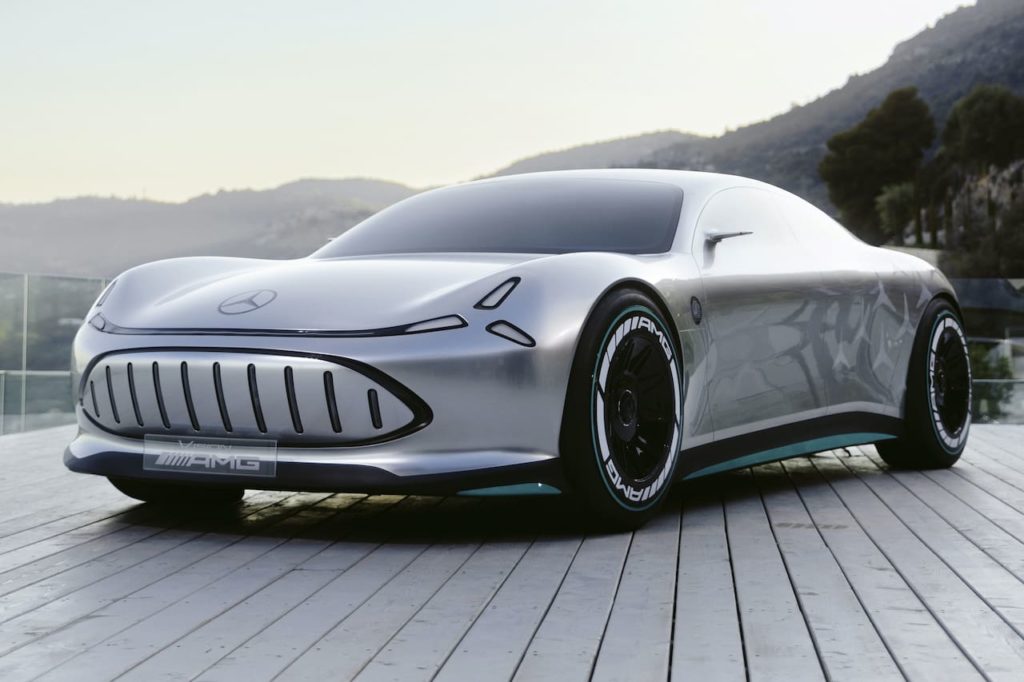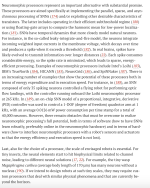I know the AMG Vision has been mentioned before and is listed as a prototype at the mo derived from some of the EQXX.
However, the production model is code name C295 and expected around 2025.
Nothing on the internal / interior as yet but I'd expect crossovers of certain tech from the EQXX.
Something the 1000 eyes can watch for developments.
2024 is likely to see the highest number of EV launches. Here's our 2024 Electric Cars list featuring only the upcoming electric cars to watch out for.

topelectricsuv.com
Mercedes-AMG ‘Vision AMG’ concept

Mercedes-AMG says the Vision AMG “offers a taste of a functional
all‑electric sports car of the future.” Image Source: Mercedes-Benz Group
Mercedes-Benz Group’s performance arm Mercedes-AMG has started working on electric cars. On May 19, 2022, it unveiled the Vision AMG as its first electric car that it developed from the ground up, not as a modified Mercedes-Benz EQ model.
The Vision AMG is a coupe model inspired by the wind-cheating
Mercedes-Benz Vision EQXX that has an extremely low drag coefficient of 0.17 Cd. The first AMG electric car debuts the new dedicated performance EV platform called
AMG.EA.
The Vision AMG is a design study, and so Mercedes-AMG hasn’t detailed specifications. All it has said is that the car has 22-inch wheels and sits lower than the EQS. Flowing surfaces characterize the Alubeam silver-painted show car. The designers have kept joints and shut lines reduced to a minimum. The rear and side windows feature the same color as the body. Overall, the concept looks like a monolithic sculpture.
The Vision AMG has a short front overhang, a long wheelbase, a sharply raked A-pillar positioned far forward, and a slightly longer, aerodynamically optimized rear overhang. The star-shaped headlamp signature, closed-off grille with illuminated vertical bars, and round rear lights make the concept look even more striking.
While the Vision AMG is a concept car, a production Mercedes-AMG electric car (codename: Mercedes C295) will follow in 2025, as per an Autocar report. Mercedes-AMG has confirmed a production version, saying the concept “offers a taste of a functional all‑electric sports car of the future.”
Autocar’s report suggests that the production version will feature round tailpipe-mimicking tail lights similar to the concept. British publication claims one of the technical highlights of the final car, thanks to the AMG.EA platform, will be cell-to-chassis structural battery technology. Robert Lesnik has said that the AMG.EA platform allows designing cars that are much lower to the ground than the EVA platform.







